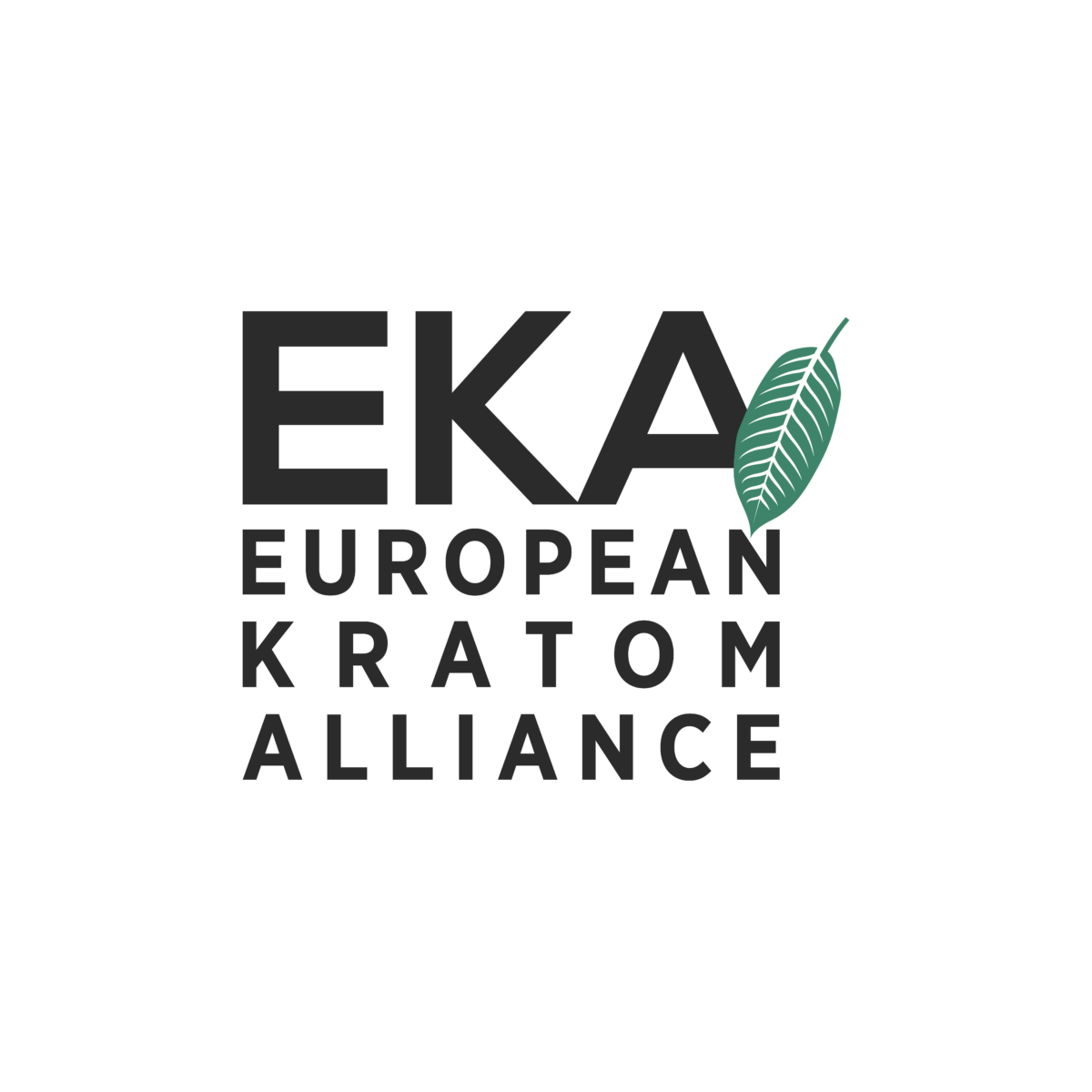Kratom leaves are believed to possess medicinal value and have an extensive history of folk medicine use for self-treatment of various indications. Its preparation consists of extracts derived from the leaves of a tree known as Mitragyna speciosa Korth., from the Rubiaceae (coffee) family, whic used widely as a remedy for a common broad range of conditions and ailments such as fever, diarrhea, diabetes, hypertension, cough, pain, and even as a wound poultice (2–4). Additionally, kratom has also been used to self-treat opium, heroin, amphetamine and alcohol use (5–7). In the United States (U.S.), people have reported using kratom for self-management of chronic pain, fatigue, psychiatric issues (such as anxiety, post-traumatic stress disorder (PTSD), attention deficit) and substance use disorder (SUD). Moreover, some use kratom to alleviate symptoms of opioid withdrawal (8–10).
used widely as a remedy for a common broad range of conditions and ailments such as fever, diarrhea, diabetes, hypertension, cough, pain, and even as a wound poultice (2–4). Additionally, kratom has also been used to self-treat opium, heroin, amphetamine and alcohol use (5–7). In the United States (U.S.), people have reported using kratom for self-management of chronic pain, fatigue, psychiatric issues (such as anxiety, post-traumatic stress disorder (PTSD), attention deficit) and substance use disorder (SUD). Moreover, some use kratom to alleviate symptoms of opioid withdrawal (8–10).
Given that individuals with diverse medical histories and conditions are using kratom for various medicinal purposes, it is crucial to understand such a “self-medication” phenomenon better. Although kratom is considered safe due to its natural origins, no controlled clinical studies examining kratom’s potential risks, safety, toxicity, tolerability, or effects in humans have been conducted to date. Virtually all reports published are based on self-reported (subjective) measures and experiences. There have been no controlled human laboratory or clinical studies using objective measures to assess self-reported medicinal effects of kratom (11).
Nevertheless, data show that preclinical research continues to demonstrate kratom’s effects and potential to substitute for full opioid agonist (2,10,12,13). Furthermore, certain large-scale studies indicate the relatively effective, albeit slightly problematic, utilization of kratom for self-treatment of pain in the U.S. (14,15), or as demonstrated in a randomized, placebo-controlled trial conducted in Malaysia (16).
Although preclinical data suggest promising features of kratom as a potential remedy for opioid dependence and withdrawal, further scientific studies need to be conducted to clarify its potential therapeutics and gain a more comprehensive understanding of its effects.
References:
- Shellard EJ. Ethnopharmacology of kratom and the Mitragyna alkaloids. J Ethnopharmacol. 1989;25(1):123–4.
- Hassan Z, Muzaimi M, Navaratnam V, Yusoff NHM, Suhaimi FW, Vadivelu R, et al. From Kratom to mitragynine and its derivatives: physiological and behavioural effects related to use, abuse, and addiction. Neurosci Biobehav Rev. 2013 Feb;37(2):138–51.
- Grewal KS. OBSERVATIONS ON THE PHARMACOLOGY OF MITRAGYNINE. J Pharmacol Exp Ther. 1932;46:251–71.
- Burkill. I. H. (Isaac Henry), Haniff M. Malay Village Medicine : prescriptions collected by I.H. Burkill and Mohamad Haniff. Gard Bull Straits Settl. 1930;6(2):165–273.
- Vicknasingam B, Narayanan S, Beng GT, Mansor SM. The informal use of ketum (Mitragyna speciosa) for opioid withdrawal in the northern states of peninsular Malaysia and implications for drug substitution therapy. Int J Drug Policy. 2010 Jul;21(4):283–8.
- Singh D, Chear NJY, Narayanan S, Leon F, Sharma A, McCurdy CR, et al. Patterns and reasons for kratom (Mitragyna speciosa) use among current and former opioid poly-drug users. J Ethnopharmacol. 2020;249:112462.
- Singh D, Narayanan S, Vicknasingam B, Prozialeck WC, Smith KE, Corazza O, et al. The Use of Kratom (Mitragyna speciosa Korth.) Among People Who Co-use Heroin and Methamphetamine in Malaysia. J Addict Med [Internet]. 2022;16(2). Available from: https://journals.lww.com/journaladdictionmedicine/fulltext/2022/04000/the_use_of_kratom__mitragyna_speciosa_korth__.19.aspx
- Coe MA, Pillitteri JL, Sembower MA, Gerlach KK, Henningfield JE. Kratom as a substitute for opioids: Results from an online survey. Drug Alcohol Depend. 2019;202:24–32.
- Bath R, Bucholz T, Buros AF, Singh D, Smith KE, Veltri CA, et al. Self-reported Health Diagnoses and Demographic Correlates With Kratom Use: Results From an Online Survey. J Addict Med [Internet]. 2020;14(3). Available from: https://journals.lww.com/journaladdictionmedicine/fulltext/2020/06000/self_reported_health_diagnoses_and_demographic.11.aspx
- Smith KE, Rogers JM, Schriefer D, Grundmann O. Therapeutic benefit with caveats?: Analyzing social media data to understand the complexities of kratom use. Drug Alcohol Depend. 2021 Sep 1;226:108879.
- Singh D, Grundmann O, Murugaiyah V, Rahim ABM, Chawarski M, Balasingam V. Improved sexual functioning of long-term daily users of Mitragyna speciosa (Korth.). J Herb Med. 2020;19:100293.
- Maxwell EA, King TI, Kamble SH, Raju KSR, Berthold EC, León F, et al. Pharmacokinetics and Safety of Mitragynine in Beagle Dogs. Planta Med. 2020 Nov;86(17):1278–85.
- Kamble SH, Berthold EC, King TI, Raju Kanumuri SR, Popa R, Herting JR, et al. Pharmacokinetics of Eleven Kratom Alkaloids Following an Oral Dose of Either Traditional or Commercial Kratom Products in Rats. J Nat Prod. 2021 Apr 23;84(4):1104–12.
- Garcia-Romeu A, Cox DJ, Smith KE, Dunn KE, Griffiths RR. Kratom (Mitragyna speciosa): User demographics, use patterns, and implications for the opioid epidemic. Drug Alcohol Depend. 2020;208:107849.
- Grundmann O. Patterns of Kratom use and health impact in the US—Results from an online survey. Drug Alcohol Depend. 2017;176:63–70.
- Vicknasingam B, Chooi WT, Rahim AA, Ramachandram D, Singh D, Ramanathan S, et al. Kratom and Pain Tolerance: A Randomized, Placebo-Controlled, Double-Blind Study. Yale J Biol Med. 2020 Jun;93(2):229–38.


